
According to a report published in the prestigious British Medical Journal, the patient went to Ninewells Hospital (Scotland) with unusual symptoms. What surprised the medical team was that when they examined him, they heard a crackling sound under the skin of his neck - a sign that air had leaked into the soft tissues, which is not a normal phenomenon.
A subsequent computed tomography (CT) scan confirmed the surprising diagnosis: a 2mm spontaneous tear in the wall of the trachea, the main air passage connecting the throat and lungs. This is an extremely rare injury that usually only occurs after serious accidents or surgical complications.
Dr. Rasads Misirovs, the attending physician and lead author of the report, said he and his team had never encountered a similar case in their entire careers, except for cases of tracheal perforation due to severe trauma or surgery.
Medically, this phenomenon is called “spontaneous tracheal perforation” – that is, the trachea is torn without any obvious external force. The mechanism of damage is due to a sudden increase in pressure in the respiratory system when both the nose and mouth are blocked.
Previous studies have shown that when a person tries to hold in a sneeze this way, the internal pressure can increase 20-24 times higher than normal, enough to break down weak or thin tissues in the body.
In the Dundee man's case, air was forced out of the trachea through the tear, into the soft tissues of the neck and even spread to the mediastinum (the area between the lungs).
This condition, known as “surgical emphysema,” if not detected and treated promptly, can lead to respiratory failure or serious infection.
Fortunately, the patient did not require surgery. He was treated conservatively by fasting to relieve pressure in his throat, taking pain medication, and being closely monitored in the hospital for 48 hours. After five weeks of rest and treatment, a CT scan showed that the wound had healed completely.
However, doctors stress that this is a “life and death encounter” that not everyone has such a lucky outcome. Dr Misirovs warns that one of the worst risks is a tear in the trachea, which can lead to suffocation or even brain hemorrhage.
Although it is a rare phenomenon, its potential consequences are huge, especially since many people tend to take the act of suppressing a sneeze lightly.
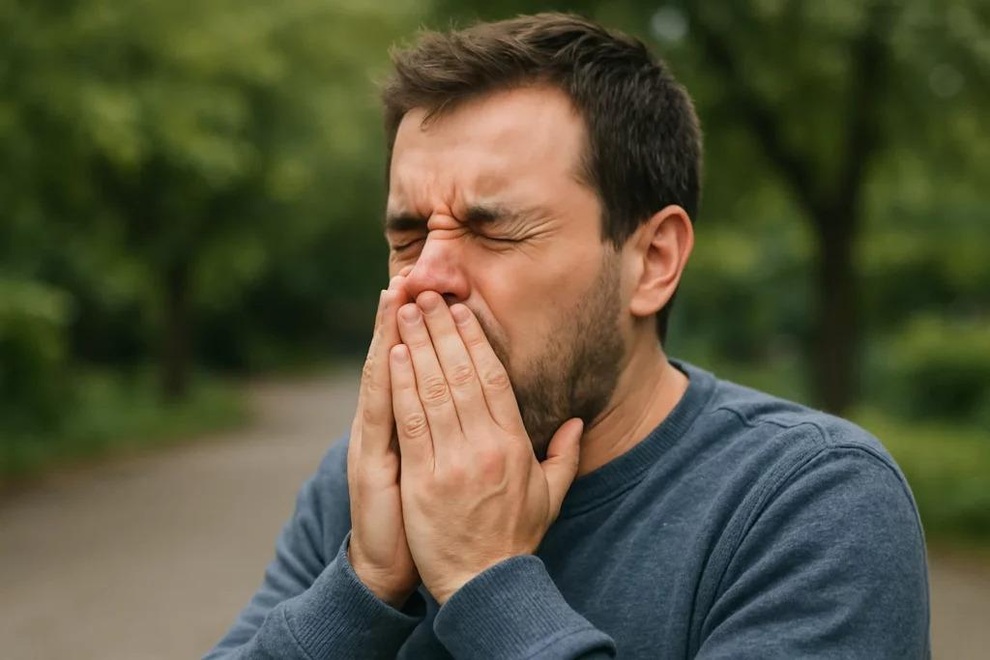
Doctors around the world repeat the same advice: sneeze outside (Photo illustration: Sora).
In fact, this is not the first case of this type of injury recorded in the world. In 2018, a man in Leicester (UK) also ruptured his trachea while trying to hold in a sneeze.
Another similar case has been reported in Australia. However, the number of reports is still very small, making this phenomenon more noticeable as a potential danger that not many people know about.
Faced with this situation, doctors around the world repeat the same advice: let the body perform the sneeze reflex naturally.
Sneezing is the body's biological defense mechanism, helping to expel dust particles, bacteria or irritants from the respiratory tract. Suppressing it not only defeats this purpose, but can also put a lot of pressure on organs such as the ears, sinuses, throat and in extreme cases, this can cause a rupture of the trachea as mentioned above.
Source: https://dantri.com.vn/suc-khoe/nguoi-dan-ong-bi-rach-khi-quan-vi-co-nhin-hat-hoi-20250529085911788.htm






![[Video] New advances in technology for identifying martyrs' remains](https://vphoto.vietnam.vn/thumb/1200x675/vietnam/resource/IMAGE/2025/7/26/ef0db1b91ceb445badc48179e7d272a1)

![[Photo] National Assembly Chairman Tran Thanh Man receives Chairman of Morocco-Vietnam Friendship Association](https://vphoto.vietnam.vn/thumb/1200x675/vietnam/resource/IMAGE/2025/7/26/b5fb486562044db9a5e95efb6dc6a263)














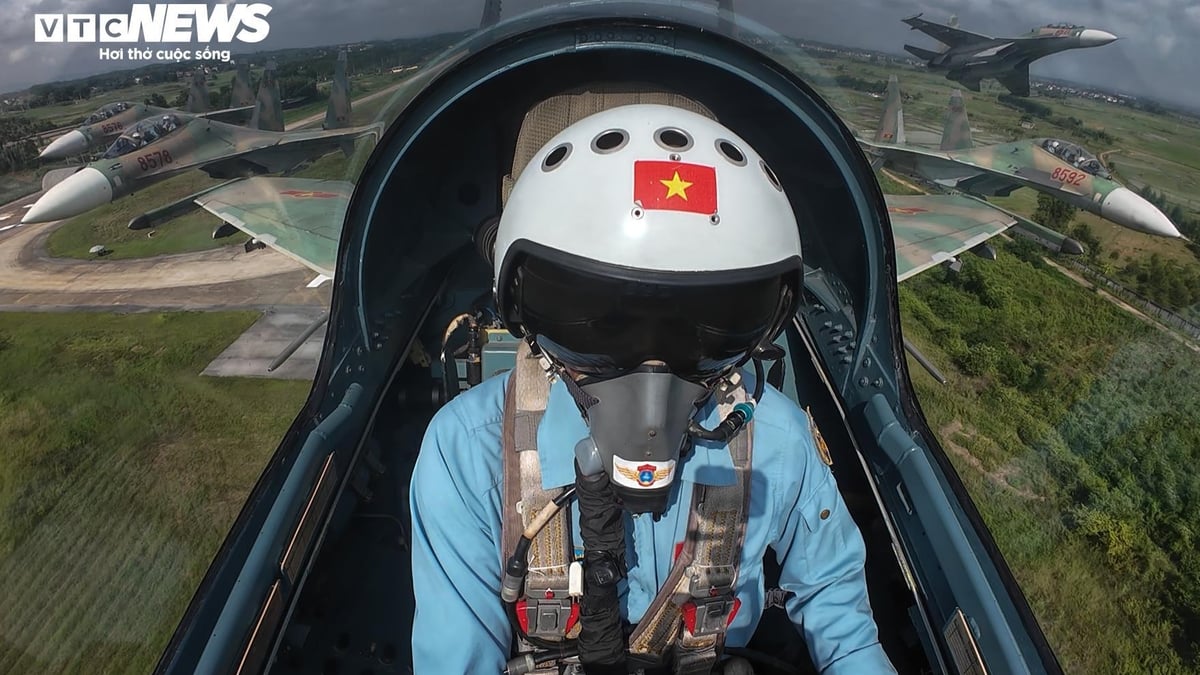

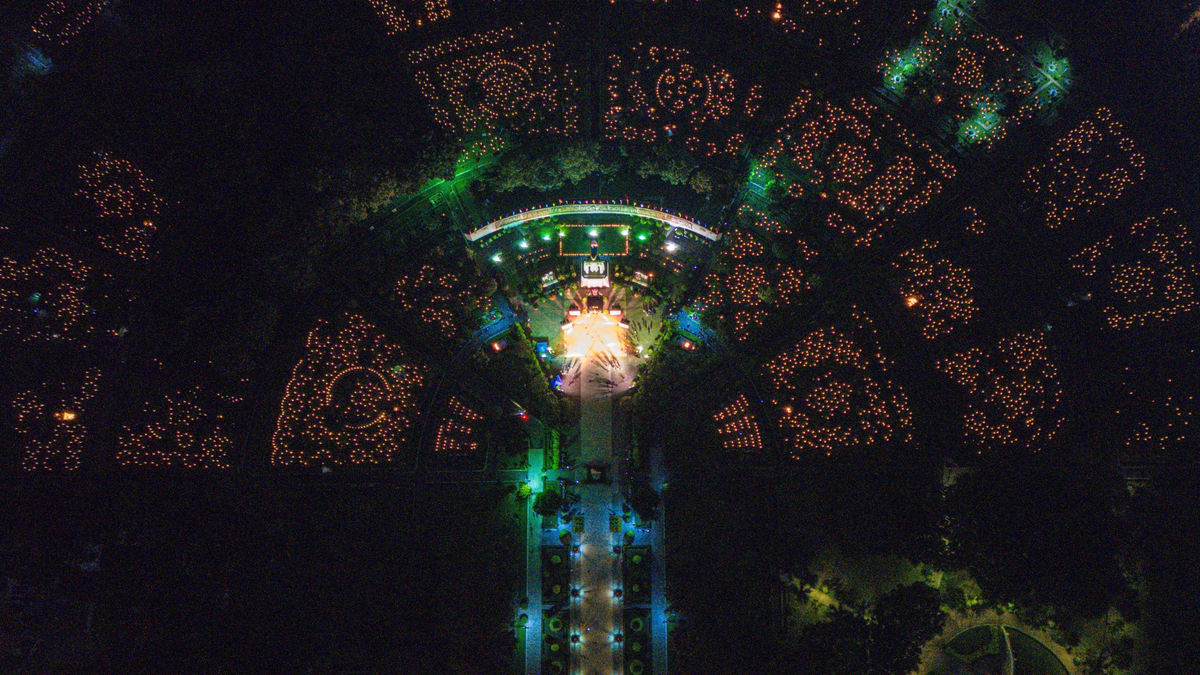
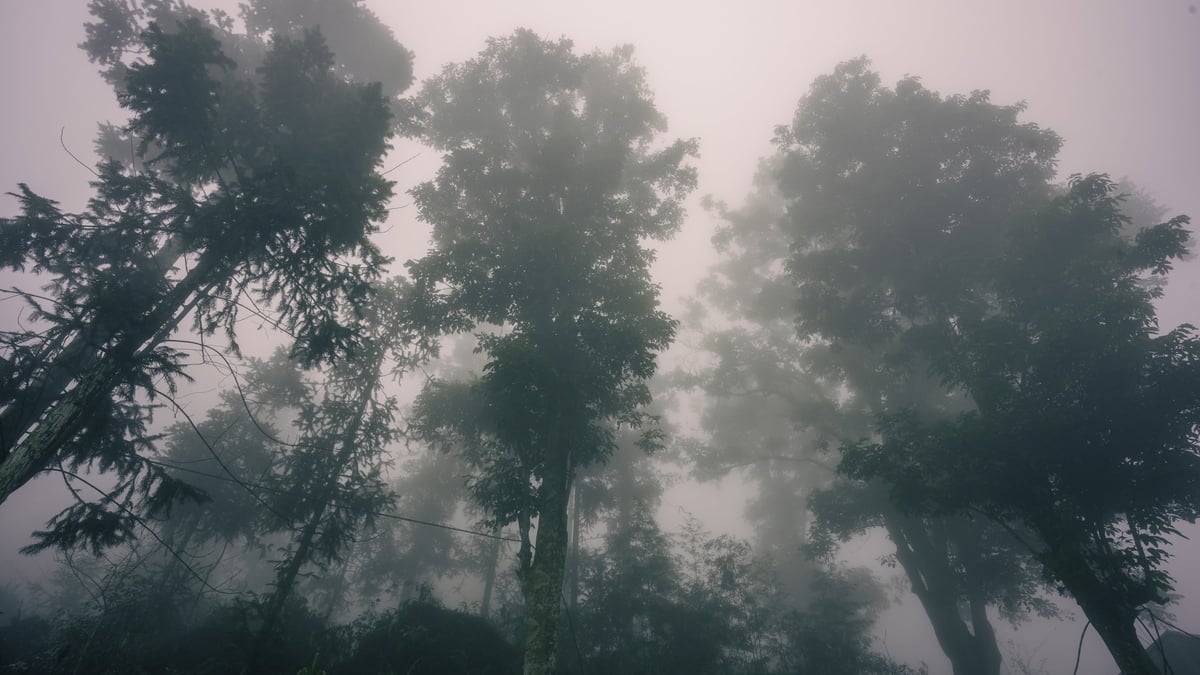












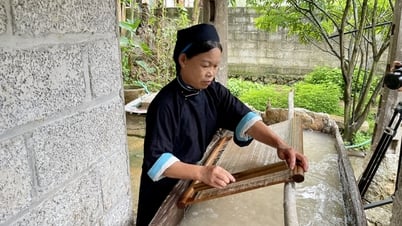






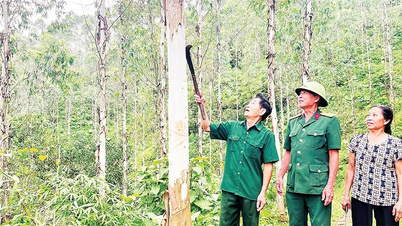











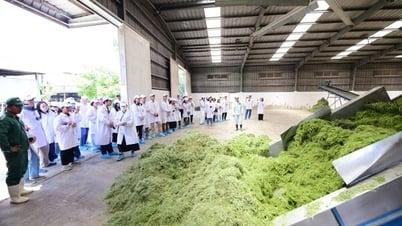











































Comment (0)